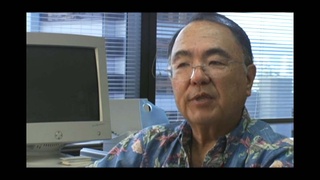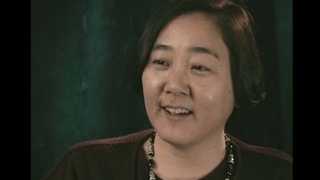Interviews
Tree planting
During the 25th Anniversary of Statehood, I thought of planting 25,000 trees for the 25th Anniversary. And so, we were able to do that. We actually gave out seedlings, and I asked the State to give me those trees. And 25,000 trees were given out and planted.
From that project came the Kanyaku Imin—the 100th anniversary of the first Japanese immigrant to Hawaii—in 1985. And it was towards the end of George’s term, and I really wanted to sort of take it easy. But, I said, “It will be my last project.” And we really worked hard at it. We planted a million trees—one tree for every resident of Hawaii. And it was called “A Million Trees of Aloha.” And my husband provided me with all of the million trees. And we distributed them. We went through all of the state, the functions where the public was concerned. We distributed the trees. We got the organizations throughout the state to help us plant these trees all over the state. And we had Prince and Princess Hitachi, who came in. And they came in and planted the first tree in Diamond Head.
And so, you won’t believe this, but it took about a year and a half of work. And at the end we planted 1,168,000 trees. And I think that was a great accomplishment, not for me, but for the people of Hawaii who planted those trees.
Date: December 15, 2003
Location: Hawai`i, US
Interviewer: Lisa Itagaki
Contributed by: Watase Media Arts Center, Japanese American National Museum.





